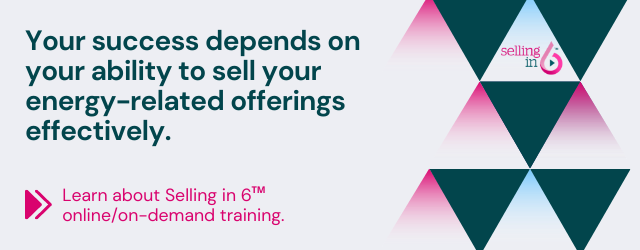I talk a lot about “broken” financial metrics on this blog and in my online and in-person workshops. Many of the metrics by which prospects evaluate expense-reducing capital projects fail to take into consideration the complexity of the investment at hand. One of the “rules of thumb” that is commonly used by decision-makers is the “maximum 2-year simple payback” rule. For whatever reason, too many people believe that an investment that takes more than two years to pay for itself is a waste of time.

When I started in business back in 1980, prime was at 18.75%. In fact, in 1981 prime went to 21%. I distinctly remember walking into a federally insured Savings and Loan in Brentwood, Los Angeles and getting a 6-month CD for over 16% (and I was still shopping for a better rate). Interest rates were crazy back then. Fast-forward thirty years to 2010, and prime was at 3.25%. In the wake of the pandemic, interest rates fell even further, and a 6-month CD was paying less than 1%.
So, why would you be clinging to a mandatory 50% return on investment per year (which is essentially what two-year payback means) in both 1980 and 2010? It makes no sense at all because the backdrop of alternative investment vehicles is totally different in those two time periods.
If someone says that they’re wed to this idea of 50% return on investment (which can be viewed as the reciprocal of Simple Payback Period), you might ask a couple of simple questions (pun intended):
- In what other area of your core business are you currently enjoying 50% return per year?
- What risk do you have to exercise to get that return?
You might also say something like, “It’s interesting. I’ve done a little research on your industry, and the average return on equity or assets is X% or Y%…nowhere near 50%. I’m wondering why, when it comes to expense-reducing capital projects, your management thinks it’s appropriate to require 50% returns. If they invested in their core business instead of this project, wouldn’t they realize a much smaller annual return?







